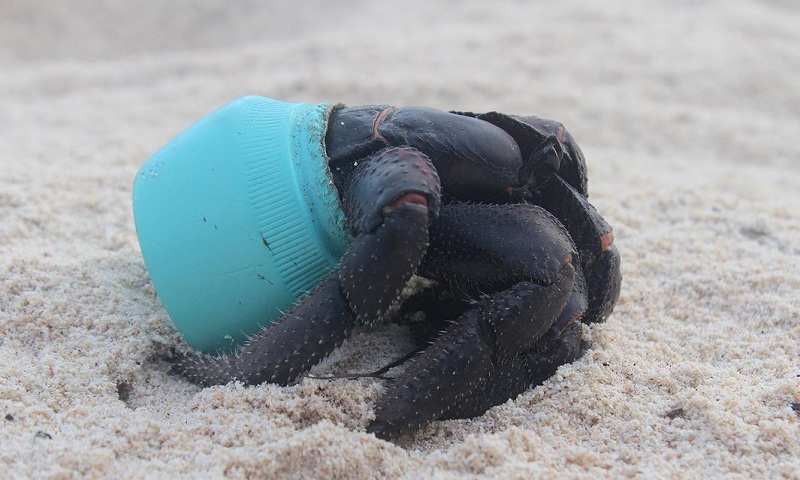38 million pieces of plastic waste found on uninhabited South Pacific island

Henderson Island, part of the Pitcairn group, is covered by 18 tonnes of plastic – the highest density of anthropogenic debris recorded anywhere in the world. One of the world’s most remote places, an uninhabited coral atoll, is also one of its most polluted. Henderson Island, a tiny landmass in the eastern South Pacific, has been found by marine scientists to have the highest density of anthropogenic debris recorded anywhere in the world, with 99.8% of the pollution plastic. The nearly 18 tonnes of plastic piling up on an island that is otherwise mostly untouched by humans have been pointed to as evidence of the catastrophic, “grotesque” extent of marine plastic pollution. Nearly 38m pieces of plastic were estimated to be on Henderson by researchers from the University of Tasmania and the UK’s Royal Society for the Protection of Birds, weighing a combined 17.6 tonnes. The majority of the debris – approximately 68% – was not even visible, with as many as 4,500 items per square metre buried to a depth of 10cm. About 13,000 new items were washing up daily. Jennifer Lavers, of the University of Tasmania’s institute for marine and antarctic studies, told the Guardian the sheer volume of plastic pollution on Henderson had defied her expectations. Lavers found hundreds of crabs living in rubbish such as bottle caps and cosmetics jars, and has been told of one living inside a doll’s head. “From the looks on people’s faces, it was quite grotesque,” she said. “That was how I felt about all these crabs – we are not providing them a home, this is not a benefit to them. “This plastic is old, it’s brittle, it’s sharp, it’s toxic. It was really quite tragic seeing these gorgeous crabs scuttling about, living in our waste.” The largest of the four islands of the Pitcairn Island group, Henderson Island is a Unesco World Heritage Listed site and one of the few atolls in the world whose ecology has been practically untouched by humans. The island exhibits remarkable biological diversity given it covers only 3,700 hectares, with 10 endemic species of plant and four land bird species. Its isolation had, until recently, afforded it protection from most human activities.

